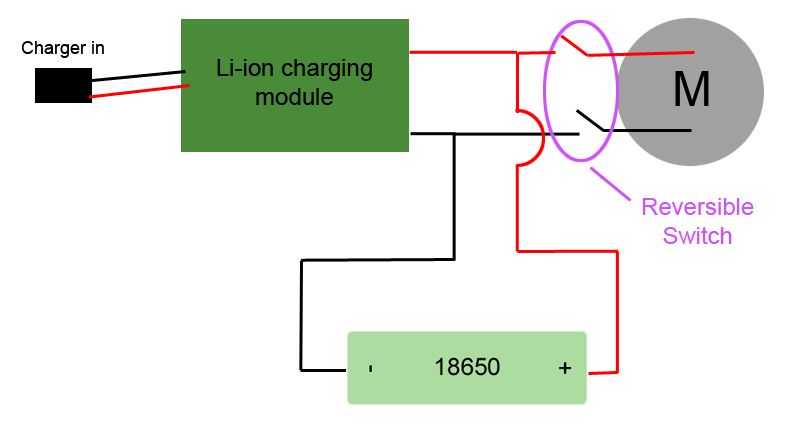CarbonBasedLifeform
Mechanical
Hi there,
I'm currently designing a handheld, motorized device and I unfortunately don't have the knowledge about circuits/motors to know how to resolve the issue with my first prototype.
A little about the device: I'm powering a 37mm geared and brushed DC motor at <6V by means of four AAA batteries. The circuit is extremely rudimentary: I have the four batteries in series connected to the motor through a switch.
In testing, the device does not offer enough torque (I can stop the shaft with my fingers), nor does it spin quickly enough. Ideally I'd like the device to be able to overpower hand-strength forces (I know, very vague here. I haven't calculated specific torque numbers yet.) Think of something with roughly 50% the size and torque requirements of a palm sander.
My question is: is the lack of torque/speed simply a result of the weak power supply, or is there something I could add to my circuit that would help prevent the motor from slowing/stopping while under load? For some reason a diode comes to mind, but I'm fairly useless when it comes to various electronic components...
Thanks!
I'm currently designing a handheld, motorized device and I unfortunately don't have the knowledge about circuits/motors to know how to resolve the issue with my first prototype.
A little about the device: I'm powering a 37mm geared and brushed DC motor at <6V by means of four AAA batteries. The circuit is extremely rudimentary: I have the four batteries in series connected to the motor through a switch.
In testing, the device does not offer enough torque (I can stop the shaft with my fingers), nor does it spin quickly enough. Ideally I'd like the device to be able to overpower hand-strength forces (I know, very vague here. I haven't calculated specific torque numbers yet.) Think of something with roughly 50% the size and torque requirements of a palm sander.
My question is: is the lack of torque/speed simply a result of the weak power supply, or is there something I could add to my circuit that would help prevent the motor from slowing/stopping while under load? For some reason a diode comes to mind, but I'm fairly useless when it comes to various electronic components...
Thanks!

